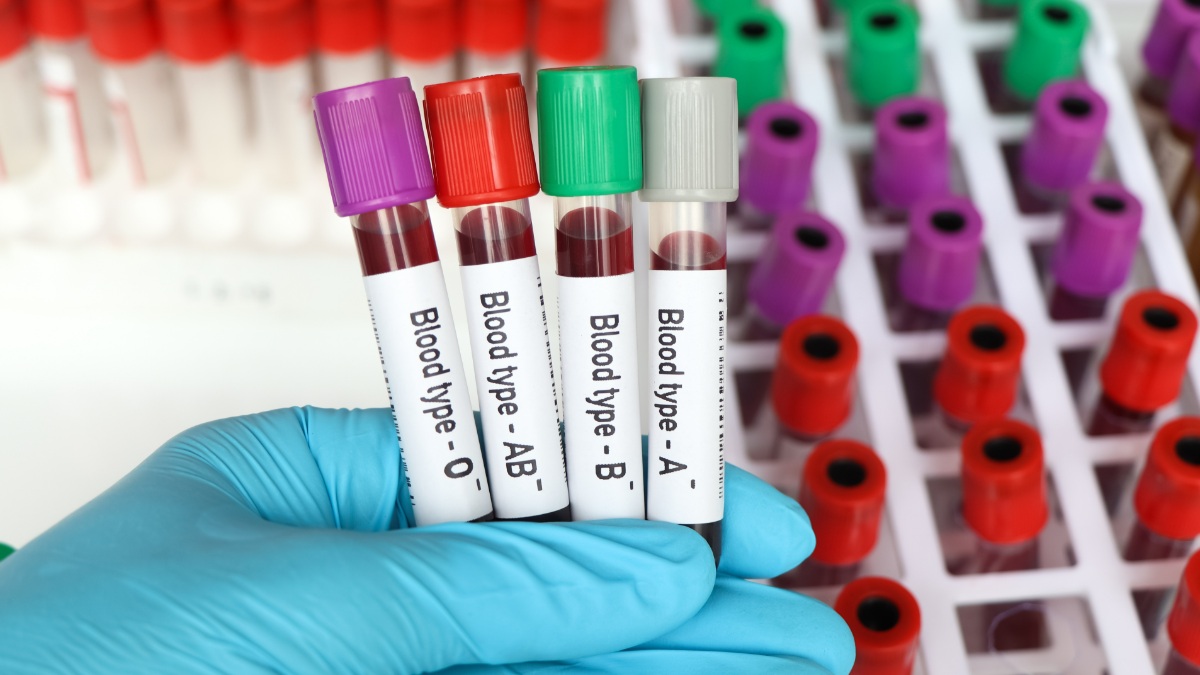What Long-Lived Individuals Have in Common: What a Swedish Study Reveals About Reaching 100
Understanding the Blood Markers Linked With Exceptional Longevity
Reaching the age of 100 was once considered rare, almost an anomaly. But in recent decades, the number of people living to a century or more has increased steadily across the globe. Improvements in healthcare, nutrition, vaccination, public hygiene, and chronic disease management have all played major roles.
As this population grows, scientists continue to explore what makes centenarians different—not only in lifestyle but also in biology. One promising area of research looks at long-term blood markers taken decades before a person reaches old age. These routine measurements may offer insights into patterns linked with longer life, though they cannot make definitive predictions for individuals.
A comprehensive long-term study from Sweden has recently gained attention for examining how midlife blood test results relate to the chances of reaching 100. Rather than focusing on any specific “blood type,” which is not addressed by the research, the study instead analyzed biomarker patterns that may be more common in people who eventually live very long lives.
Below is a closer look at what the researchers found—and what those findings may (and may not) mean for the general population.
A Study Spanning More Than Three Decades
The Swedish research team evaluated 44,637 adults from Stockholm County. These individuals, born between 1893 and 1920, had routine blood tests performed between 1985 and 1996 when they were between 64 and 99 years old.
After these tests, participants were followed through national records for up to 35 years. These registries recorded important information such as cause of death, general health events, and whether individuals were still living within the country.

Out of the entire sample, 1,224 people lived to 100. As seen in other longevity research, women made up a significantly larger share of centenarians—about 84.6% of the group. However, this gender difference is already well established in aging research and was not the focus of the study.
The central question was: Do routine blood markers in adulthood show patterns that might correlate with exceptional longevity?
Which Biomarkers Were Examined?
The researchers evaluated 12 commonly tested blood values associated with metabolism, kidney function, liver health, and nutrition. These included:
-
Glucose (blood sugar regulation)
-
Total cholesterol
-
Creatinine (kidney filtration function)
-
Uric acid (metabolic byproduct often linked with inflammation)
-
Gamma-glutamyl transferase (GGT)
-
Alkaline phosphatase (ALP)
-
Lactate dehydrogenase (LD)
-
Iron markers, including total iron-binding capacity (TIBC)
-
Albumin, often linked to nutritional status
These tests are standard in routine medical evaluations and provide a broad picture of metabolic and organ health.
What the Study Found: Patterns, Not Predictions

One of the most important takeaways from the study is that extreme values—either too high or too low—were associated with lower odds of reaching 100. The individuals who lived the longest generally had blood test results within moderate, stable ranges.
Lower levels of certain markers were more common among centenarians:
-
Glucose
-
Creatinine
-
Uric acid
-
ASAT (AST)
-
GGT
-
ALP
-
LD
-
TIBC
For instance, the researchers noted that it was uncommon for centenarians to have had glucose values above 6.5 mmol/L or creatinine above 125 μmol/L when they were in their 60s or 70s.
Overall, these patterns suggest that individuals who eventually reached 100 tended to show signs of relatively healthy metabolic and organ function long before they became exceptionally old.
However, the researchers emphasized that these are associations, not strict rules. Many factors—genetics, lifestyle, healthcare access, environment, and chance—contribute to longevity.
The Nuanced Findings on Cholesterol and Iron
Among the study’s observations, two stood out for challenging common assumptions:
1. Higher total cholesterol levels were associated with better odds of reaching 100.
This finding contrasts with common clinical guidance regarding cholesterol levels in midlife and older adulthood. However, scientists have previously noted that in very old populations, higher cholesterol may correlate with better overall health, possibly because:
-
Low cholesterol in older adults can be a sign of underlying illness or frailty.
-
Cholesterol plays roles in hormone production and cell repair.
The researchers stressed that this does not mean high cholesterol is protective or should be increased deliberately. Instead, the study reflects how cholesterol behaves in older age groups and highlights the importance of context.
2. Very low iron levels were linked to lower odds of reaching 100.
Iron is essential for oxygen transport and cellular function. Both iron deficiency and iron overload can lead to health complications, so maintaining a healthy, balanced range appears important.
Metabolic Health and Longevity: What the Findings Suggest

When looking at all the markers together, a theme emerges:
Moderation and stability may be more important than extreme values.
Researcher Karin Modig, who contributed to the study, noted that the biomarker differences were visible decades before death, suggesting a long-term pattern rather than a short-term shift.
She emphasized that:
-
Good metabolic regulation
-
Balanced nutrition
-
Healthy kidney and liver function
may all contribute to better long-term outcomes, although the study cannot identify exact causes.
Significantly, the researchers did not examine which genes or lifestyle factors created these biomarker patterns. They suggested that nutrition, alcohol consumption, physical activity, and other behaviors likely influence the values—but more research is needed for clear conclusions.
What This Means for the General Population
While the results are compelling, they should be interpreted carefully. The study does not provide a formula for reaching 100, nor does it guarantee outcomes for individuals. Instead, it offers insights that align with broader health guidance:
-
Maintaining blood sugar within healthy limits supports long-term metabolic stability.
-
Kidney and liver function markers within normal ranges tend to reflect healthier aging.
-
Avoiding very low nutrient levels—such as cholesterol or iron—may be important for overall resilience.
-
Extreme lab values, whether high or low, can signal underlying issues that may affect long-term health.
These findings reinforce well-established medical advice: balanced, sustainable habits tend to support better health outcomes over time.
A Balanced Approach to Longevity
The message is not to chase flawless test numbers or attempt to manipulate specific biomarkers. Instead, the study highlights the importance of:
-
Monitoring long-term trends, not isolated readings.
-
Maintaining a healthy diet with adequate nutrition.
-
Being physically active at levels suitable for one’s age and health status.
-
Getting sufficient sleep and managing stress.
-
Discussing test results with healthcare professionals, who can interpret markers in context.
Longevity is shaped by countless variables—genetics, environment, healthcare, lifestyle, and chance—all interacting over a lifetime.
Looking Ahead: What Research Like This Can Teach Us
As scientists continue studying centenarians, more insights will emerge about how biology supports aging. Blood markers are just one piece of a complex puzzle. Future research may expand to include:
-
Genetic patterns linked with long-lived populations
-
Differences in immune function
-
Environmental or socioeconomic factors
-
The role of social support and community
-
Biological resilience in late life
The Swedish study marks an important step in understanding longevity, showing that decades-old biomarkers can offer clues—but not definitive answers—about aging well.

